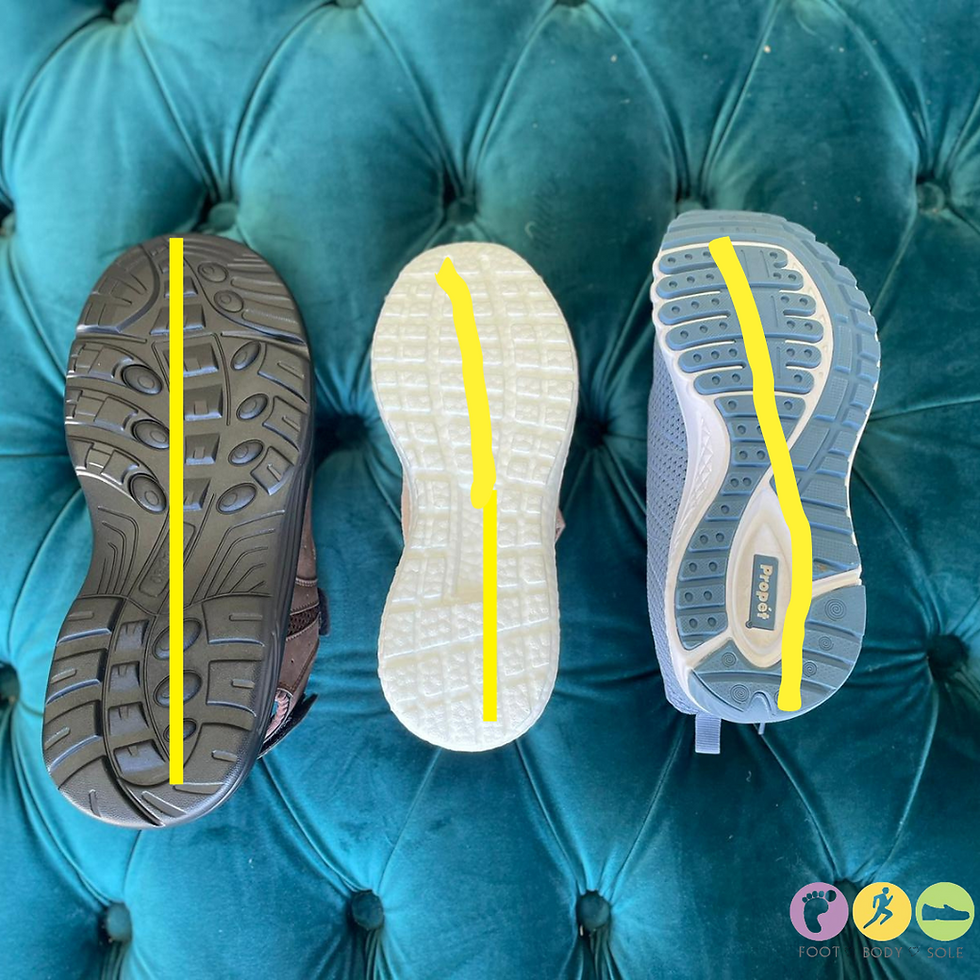Dry Needling and it's Applications in Podiatry
- Foot Body Sole
- Apr 4, 2019
- 2 min read
Dry needling has been increasingly used in podiatry for soft tissue interventions in conjunction with ultrasound and taping, trigger point therapy in recent years. However the actually dry needling concept has been around for hundreds of years.

In 2011 Australia Burden of Disease study showed as a group musculoskeletal disorders cause 23% of all years lived with disability. it has a negative impact of health related quality of life. In podiatry, we can use dry needling in various soft tissue conditions such as:
* Tight achilles
* Rear foot pain
* Plantar heel pain
* Arch pain
* Medial tibial leg pain
* Exercise induced forefoot pain
* Lateral ankle and leg pain
In podiatry we do trigger point dry needling which is similar to acupuncture however, dry needling is "The introduction of the acupuncture needle into the muscle in the region of a trigger point aiming to reproduce the patient's symptoms, visualise a local twitch response and achieve relief of muscle tension and pain" (Huguenin,2004)
Dry needling can impact on the local tissue by influencing the local blood flow, tissue stiffness and the concentration of chemicals associated with pain and inflammation.

If you suffer with any of the above conditions & have not tried dry needling, our clinic would recommend trying a course of dry needling over the period of 3-4 weeks (weekly treatment) to achieve some pain relieve. Usually, a very fine needle is inserted into the skin & advances into the muscle and a variety of techniques can be used to manipulated the needle around the muscle. Patient will feel a tap, but it shouldn't be sharp, the process should be swift and painless.
The needle is then left in situ for up to 15 minutes (most commonly 5-10 mins) and allow the patient to relax. We have attached a video to this blog to demonstrate the use of dry needling on tight calves and achilles tendon. Usually the result is immediate but more effective and longer lasting when done as a course of treatment. It doesn't require down time and return to activity an hour or two after. We do recommend patients to drink plenty of water post treatment and have a hot bath or shower after treatment that night.
If you are unsure if this will benefit you, please feel free to call us for further information or speak with one of our podiatrists.
CLICK BELOW TO BOOK NOW









Our new bog post live now!